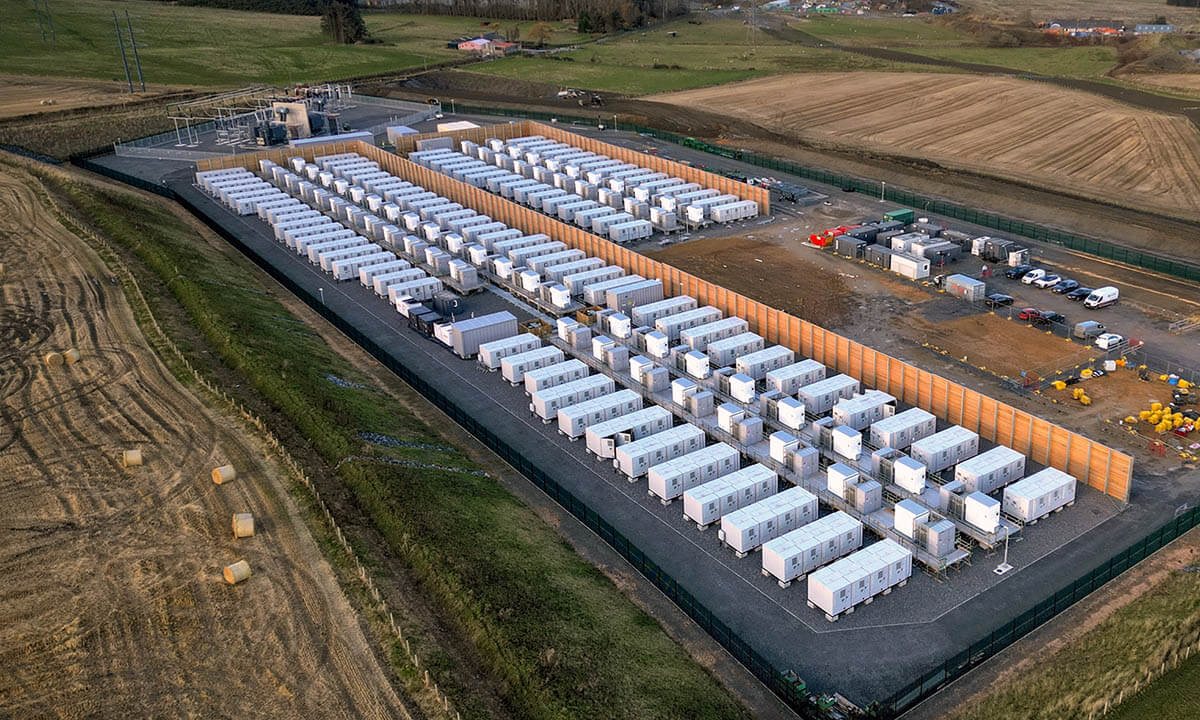The battery bust: Zonal pricing’s unintended consequences

We are at a pivotal moment in the Government’s Clean Power 2030 mission and the Government looks set to throw it all away. Whilst the Contracts for Difference (CfD) auctions have been largely successful at supporting investment in renewable energy projects, grid flexibility has long been overlooked by Number 10.
The Department of Energy Security and Net Zero has never prioritised batteries, instead relying on market forces to provide solutions within outdated markets and systems that were originally designed for gas generation. Despite these headwinds and without the need for subsidies, developers like Zenobē have deployed more than 5GW of battery storage across Great Britain, lowering system costs and displacing gas as the UK moves towards a greener grid.
This transformation is not just a success story for the Government or the National Energy System Operator (NESO), it’s also one for consumers who will benefit from lower energy costs in the long run.
But that success is now at risk and we cannot afford to be complacent. Uncertainty around zonal pricing is already slowing battery investment. Without the large-scale battery deployment required – up to 22GW and c. £10bn of investment is needed by 2030 – the system will become increasingly reliant on gas, undermining Clean Power 2030 and the longer-term net zero ambition and increasing costs for consumers.
Unintended major consequences
There are two key issues facing the battery storage sector as we look to the future, both of which have major consequences for Clean Power 2030 and net zero if unresolved.
The first comes from the potential introduction of zonal pricing, which would mean different regions of Britain paying different prices for electricity. A 2025 LCP Delta report for SSE found that 97% of demand across the country would see average wholesale prices increase under zonal pricing, with some prices in England and Wales rising by as much as £6/MWh.
The prospect of zonal pricing has slashed investor confidence and is inhibiting battery build-out. While financing for Battery Energy Storage Systems (BESS) has matured, access to debt finance depends on forecasting revenues with confidence. Strong offtake agreements and contracted revenue are key to securing investor capital. However the complexity and uncertainty of zonal pricing creates makes these agreements much more difficult to secure and is turning off potential investors.
The second issue is that batteries are entirely overlooked when it comes to any legacy or transitional arrangements to address this investor uncertainty. BESS does not need subsidy but it does require a stable market framework. Yet DESNZ has not engaged with the battery sector on the impact of zonal pricing and shows little understanding of how BESS works, despite stating a clear need for it in their Clean Power plan.
So what happens if we continue to deploy renewables and battery deployment slows or stops entirely? As greater reliance is placed on intermittent renewables, we shall need to manage the gaps between supply and demand, tackle constraints and ensure stability. These are the key issues that batteries such as our Blackhillock project are designed to address. Without batteries to absorb excess power and balance the grid, NESO will be forced to rely on gas assets to fill the gaps.
Not only does relying heavily on gas fly in the face of Clean Power 2030 (remember the government needs at least 95% of our electricity to come from clean sources by then) but continued exposure to volatile gas markets and increasing instability on the grid will lead to increased costs for consumers who are already stretched. To go green and save money, flexibility is not an option – it is the only option.

Prioritising flexibility is the only option
A lot has changed since the Government’s last reform of electricity market arrangements in 2013 when there were no batteries on the system. In 2025 we rely on renewables, have wider deployment of BESS and, crucially, have a clean power target less than 5 years away. Despite the critical role battery storage plays in holding the system together, it is still ignored.
Investment in batteries depends on revenue certainty. Zonal pricing would undermine that, stalling deployment, increasing reliance on gas, raising costs for consumers and putting Clean Power 2030 at risk.
If the Government is serious about a greener grid, then it needs to back an Enhanced National Pricing approach that prioritises the role of battery storage and other forms of low-carbon flexibility. This model would support continued investment in homegrown renewables and storage and provide greener, cheaper energy for consumers right across the UK.
